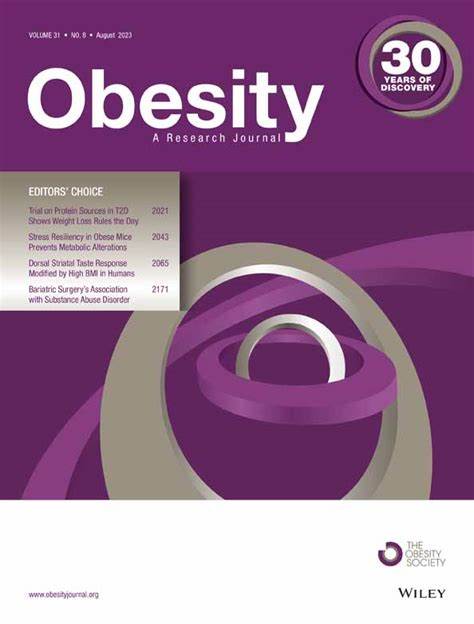Gap of women leadership in global obesity research
Abstract
Objective
This study aims to evaluate and summarize the current state of gender equality for female scientists in obesity research.
Methods
We conducted a comprehensive analysis of governmental funding, high-impact publications/citations, and awards received by female and male scientists engaged in obesity research worldwide. Median citations were compared by sex and year, with group differences assessed using the nonparametric Mann–Whitney U test.
Results
Our findings reveal a concerning difference: In most representative countries, a higher proportion of male principal investigators received grant support, with Japan exhibiting the most pronounced gender bias. In highly cited obesity papers, female corresponding authors constituted only 33%, with Japan having the lowest representation at a mere 5%, whereas the Netherlands approached near-equal representation (49%). Furthermore, highly cited obesity papers authored by women generally received fewer citations than those by men across most analyzed years and countries. However, a positive trend emerged in awards: the European Association for the Study of Obesity and the Association for the Study of Obesity recognized female scientists at a higher rate than male scientists.
Conclusions
These findings highlight a complex landscape. Although female scientists have gained increased support and recognition in several countries, significant gender inequality persists in obesity research.


 求助内容:
求助内容: 应助结果提醒方式:
应助结果提醒方式:


